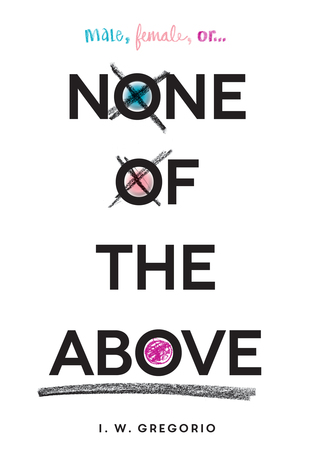Welcome back to Serial Box, my (semi) regular discussions on comics I've recently read! This time...
 |
| Written by Mark Waid Pencils by Terry Dodson Inks by Rachel Dodson Colorist is Jordie Bellaire Cover art by Terry Dodson |
When Princess Leia Organa was captured by the Empire as a Rebel spy, she never betrayed her convictions, even in the face of the complete destruction of her home world, Alderaan. When her rescue came, she grabbed a blaster and joined the fight, escaping back to the Rebel Alliance and helping strike the biggest blow against the Empire—the destruction of the Death Star. But in the aftermath of that victory, the question remains...what is a princess without a world? Writer Mark Waid (Daredevil, S.H.I.E.L.D.) and artist Terry Dodson (Avengers & X-Men: Axis, Uncanny X-Men) bring us a story of Leia’s quest to help her people and find her place in the galaxy.My current Star Wars obsession is still relatively young; I first saw the original trilogy in 2010 and sat through all six movies together in 2011. I only really got into Star Wars as a series last summer when I started reading the comics, and even more so in January when I read my first novel (A New Dawn, which, why haven’t I reviewed yet?)
I’ll admit that I like the comics, books, and
various shows more than I like the movies. I feel like the six hours we get to
learn so many characters just isn’t enough. That goes especially for Princess
Leia, the tough, brave, smart-mouthed lady who, for the longest time, was the only lady most fans of the Star Wars
series could name. (Sorry, Mon Mothma!)
Now we’ve improved: Padme Amidala, Ahsoka Tano,
Asajj Ventress, and all kinds of ladies both canon and not have filled up
books, movies, cartoons, and comics. It’s nice to see that, in their reboot,
Disney hasn’t forgotten to include the gal who started it all.
Readers only need to be familiar with Episode IV: A
New Hope to start Princess Leia. In fact, the first few panels pick up right at
the awards ceremony where A New Hope
leaves off. Where this takes us after that I’ll leave up to the reader to read
and find out, but it includes a lot of decisions that line up perfectly with
some of what her father pulled during the Clone Wars: stealing ships, dramatic
rescue missions, and flat-out usurping authority (which, believe it or not, you
still have to do when you’re technically the highest authority.) As for the
art, the cover alone is stellar (no pun intended) and the panels are colorful
and fun without being cartoony.
Princess Leia #1 is definitely worth an investment
for new fans of Star Wars who are jumping on board with the new movies and
rediscovering the old ones. I’m excited to see where Leia, and new character Evaan
Verlaine, take us. Judging from Leia’s valor and quick wit from A New Hope, I know it’ll be worth it.



